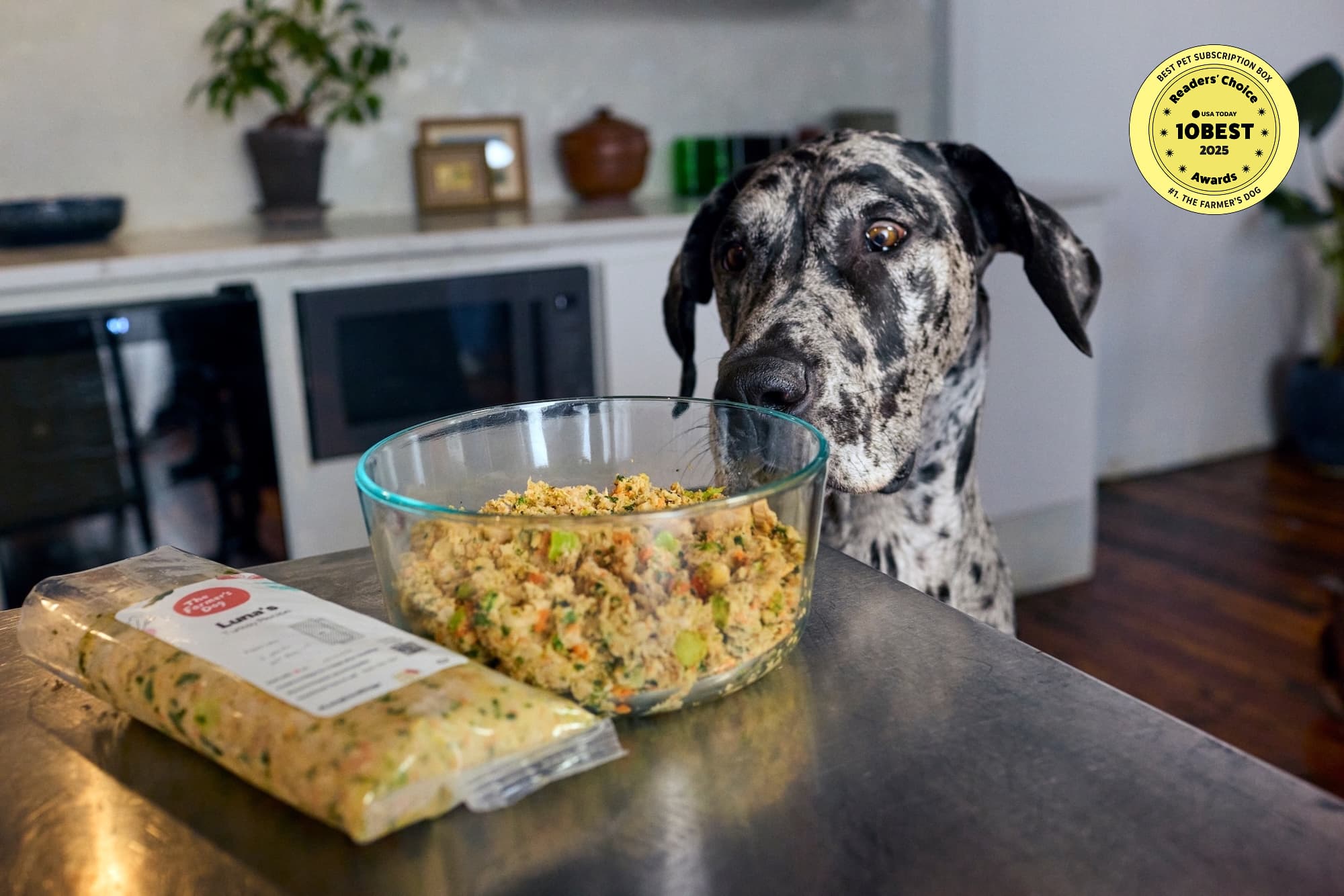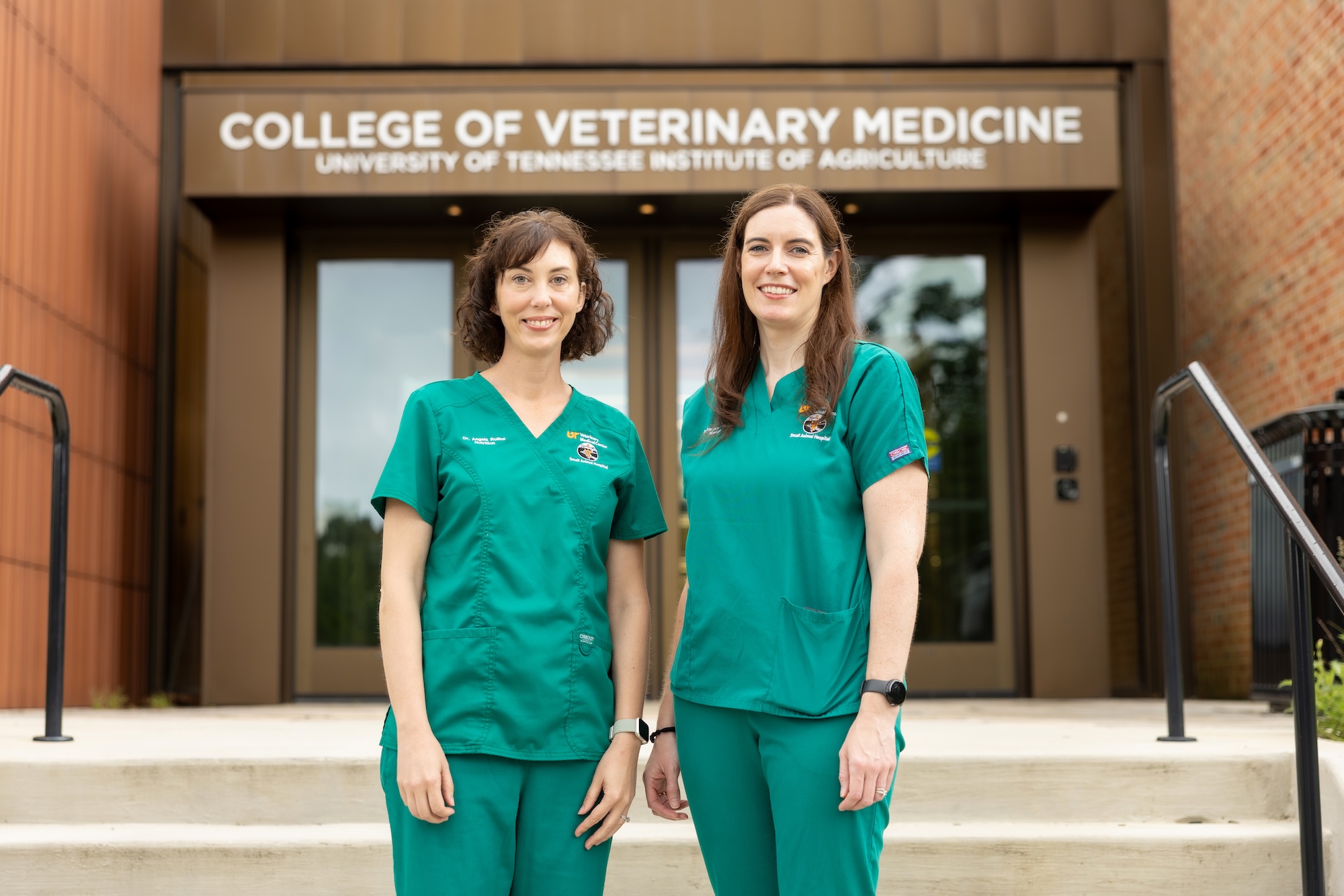If you’re worried that your puppy might need to gain weight, the first thing you should do is talk to your vet. And, of course, if your puppy isn’t eating, that’s an urgent situation that merits a call to the vet sooner rather than later.
Puppies need to grow, but more food is not necessarily better—they require balanced nutrition in the right amount to thrive. Overfeeding has its own dangers.
Having said that, there are reasons that a puppy might have trouble putting on weight, and ways that you can help them do so. Here’s how to tell if your puppy is too thin—and, if so, how to safely get them into an ideal body condition.
Please note that the tips below apply to dogs who are 8 weeks or older—in almost all cases, puppies should stay with their mothers at least that long—and eating solid food. If you have any questions about whether your puppy is ready for solid food, ask your veterinarian for advice.
How to tell if your puppy is underweight
Puppies should be growing, but that doesn’t mean they should grow as fast as they possibly can. It’s not healthy for a puppy to be too skinny, but too-rapid growth and obesity carry considerable health risks that can follow them throughout their life. That’s why you should only adjust your puppy’s diet in consultation with a veterinarian.
If you want to get an idea of whether your puppy is in an ideal body condition, there’s a simple test you can do at home. We have a full, thorough guide to body condition here, but the short version is that your puppy is probably at a good weight if you can easily feel, but not see, their ribs.
Aside from a too-skinny appearance, other signs that your puppy may require medical attention include pain, lethargy, and loss of appetite. Any unexplained change in your puppy’s behavior is a good reason to give the vet a call.
It’s also a good idea to get your pup weighed and discuss their weight during their vet visits. But weight, on its own, even when combined with age, won’t tell you the whole story. Breed and other factors can influence body shape, and what constitutes a healthy weight can vary widely from dog to dog. If you’re not sure, again, take them to the vet. Every dog can benefit from regular healthcare; puppies should visit the vet every every three or four weeks until their vaccines are complete, and more frequently if particular concerns arise.

Why a puppy might be underweight
Puppies can be underweight due to not eating enough, or eating food that doesn’t meet their nutritional requirements (more on that below). There are also health conditions that can keep puppies underweight by causing them to eat less or preventing them from properly absorbing nutrients. One common issue is intestinal parasites, but the list of possibilities is long—and that’s yet another reason to consult a vet as soon as you suspect anything is amiss about your puppy’s appetite or growth.
Puppies need the right food
If your veterinarian confirms that your puppy is underweight, it’s not enough to simply feed them more of any food on hand. Anything your puppy eats needs to be complete and balanced for puppies (or growth) or all life stages—food labeled as only being for maintenance or adult dogs won’t do. The food you give your puppy should also be palatable, meaning that they want to eat it.
Fresh recipes from The Farmer’s Dog easily exceed these standards and are ideal for puppies. Our food is complete and balanced for dogs of all life stages, highly palatable and digestible, precisely portioned so that your puppy gets exactly the correct number of calories, and prepared in adherence to the same safety standards that apply to human food. As your puppy grows, we’ll reach out with reminders to update their information so they always receive the right amount of food. Speaking of which…
Puppies need the right amount of food
Don’t “free feed” your puppy, leaving food out all day for them to graze on. Instead, give them meals on a regular schedule. From about six weeks to six months, vets recommend that puppies be fed three to four times per day. After that, you can switch them to a once- or twice-daily feeding schedule. If they’re constantly clamoring for food between meals, you can consider switching back to feeding their allotted food in 3 or 4 smaller daily meals.
It can be tempting to throw extras in when you’re trying to get your puppy to put on weight, and treats are essential for training—but remember that those treats count, and should never exceed 10% of any dog’s total calorie intake.
A complete and balanced food, fed in the proper portions, should be sufficient to fuel your puppy’s healthy growth—and getting too much of certain nutrients can be very dangerous for them. As such, don’t add any supplements unless specifically directed to do so by your veterinarian.
Let the experts help you
There’s a lot to keep track of as you try to set your puppy up for optimal growth and a long, healthy life—but you’re not in this alone. Reach out to your veterinarian and bring your dog in for an exam if necessary. That, combined with the right complete and balanced food, can give you peace of mind that you’re doing right by your new best friend.




